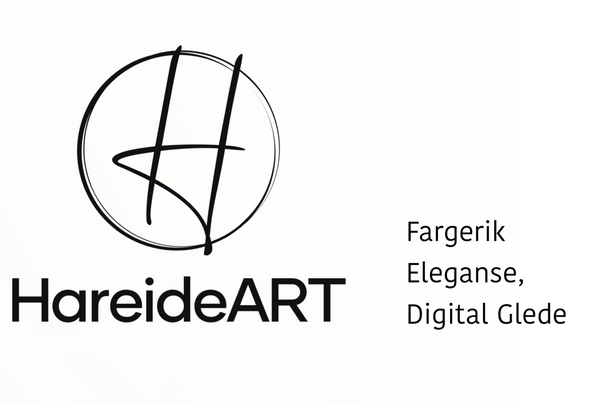Value reversal is a technique in painting where the values of certain elements in the composition are reversed or reversed, creating a sense of contrast and visual interest. Here are some tips on how to use value reversal to make your painting more interesting:
-
Create a focal point: By reversing the values around your focal point, you can create a stronger contrast that draws the viewer's eye towards the center of the painting. For example, if your focal point is a brightly colored object, consider painting the background dark to create a strong contrast and highlight the object.
-
Experiment with color: Value reversal doesn't have to be limited to black and white. You can also play with the colors in your painting to create a similar effect. For example, if you have a green background, consider reversing the values of a red object in the foreground to make it stand out more.
-
Create depth and dimension: By reversing values in different areas of your painting, you can create the illusion of depth and dimension. For example, a light-colored object painted against a dark background can make it appear closer to the viewer, while a dark-colored object painted against a light background can make it appear further away.
-
Use it sparingly: While value reversal can be a powerful tool, it's important not to overdo it. Too much contrast can be overwhelming and distracting, so use value reversal strategically to create a sense of balance and harmony in your painting.
Remember that value reversal is just one technique among many that you can use to create an interesting and dynamic painting. Try different approaches and find what works best for your style and subject matter.
Color value refers to the lightness or darkness of a color. When you paint a picture, the color values will affect how the objects look in relation to each other and how they are perceived by the viewer. For example, a lighter area of the painting will have a higher color value than a darker area, and this can be used to create a sense of depth and dimension in the image. Understanding and being able to control color values is an important part of the painting process, as it can help create contrast, balance and harmony in your image.

